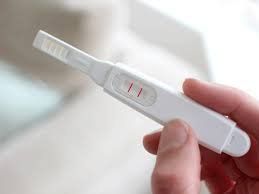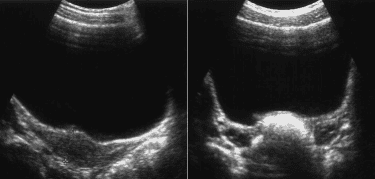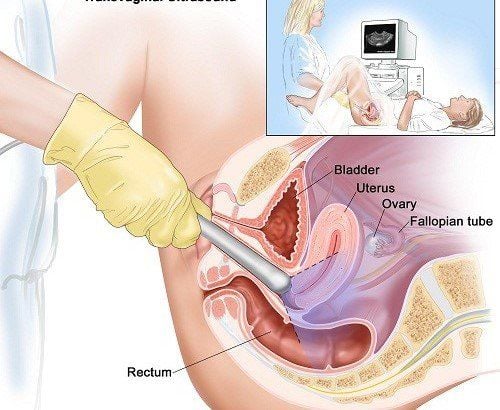This is an automatically translated article.
The article is professionally consulted by Master, Doctor Ton Nu Tra My - Department of Diagnostic Imaging - Vinmec Central Park International General Hospital. The doctor has many years of experience in the field of diagnostic imaging.1. What is transvaginal ultrasound?
In the field of obstetrics and gynecology, transvaginal ultrasound (transvaginal ultrasound) is commonly used. Transducer ultrasound is used to examine the female reproductive organs, including the ovaries, uterus, cervix, fallopian tubes, and vagina. Through ultrasound images, doctors can assess the development or abnormal signs of the genital organs or the fetus.Unlike conventional abdominal - pelvic ultrasound (the transducer is located outside the pelvis), transducer ultrasound technique puts the ultrasound probe 5-8cm deep in the vagina.

2. Indications and contraindications for transvaginal ultrasound
2.1 Indications The indications for transvaginal ultrasound include:In gynecology
Ultrasound of the genital organs including uterus, cervix, fallopian tubes, ovaries. Diagnostic ultrasound identifies some gynecological diseases such as inflammation, tumor, endometriosis. Ultrasound tracks a normal menstrual cycle. Ultrasound monitoring of infertility treatment. Ultrasound diagnosis of ectopic pregnancy. In obstetrics
Transducer ultrasound is indicated in early pregnancy diagnosis, helping to determine:
Pregnant or not; Determine the number of fetuses; Assess fetal heart rate; Determination of gestational age; Determine fetal morphology. For large fetuses, transvaginal ultrasound is used in case of suspected placenta previa or to evaluate the cervix (waist opening, cervical length).
In some obstetric and gynecological procedures
Transducer ultrasound is used to assist:
Ultrasound of the cervix; Ovulation aspiration ; Poke with the following items; Perineal ultrasound; Aspiration fluid collection in patients with ovarian cysts; Ultrasound scan of the uterus.

3. How is transvaginal ultrasound performed?
3.1 Preparations Change and put on a gown; Can urinate before or without (depending on the doctor's instructions need to have an empty or partially full bladder - a full bladder will give a clearer ultrasound picture of the pelvic organs) 3.2 Procedure When performing an ultrasound negative, the patient lies supine on the examination table, knees bent, a small pillow under the buttocks (for convenience of examination); The ultrasound probe is wrapped in a condom with lubricating gel and then inserted into the vagina. The transducer emits sound waves, captures the signal, the signal is encoded, and produces images of the pelvic organs. During the procedure, the ultrasound probe may be rotated slightly to obtain the full image; Your doctor may order an ultrasound that transfuses saline into the uterus to identify any possible abnormalities inside the uterus. However, this method does not apply to women who are pregnant or have an infection. The entire ultrasound process takes about 15-20 minutes, and results are usually available soon after.
4. Is transvaginal ultrasound safe?
Transvaginal ultrasound does not pose any health risks. This method is also safe for both mother and fetus because no radiation is used and during the ultrasound, the doctor only moves the device in the pregnant woman's vagina, not touching the cervix. Usually, when the transducer is inserted into the vagina, some patients feel some discomfort, but this discomfort is usually not much, and will disappear after the examination is completed.In terms of advantages, this technique helps doctors see more clearly the internal genital organs, easier to detect pathologies in the pelvic region than abdominal ultrasound. Vaginal transvaginal ultrasound is a high-precision imaging method, which plays an important role in determining early pregnancy and pathologies in the female reproductive organs, as well as supporting the treatment of infertility. late,... When assigned to perform this technique, the patient should absolutely cooperate under the guidance of medical staff.
Vinmec International General Hospital is one of the hospitals that not only ensures professional quality with a team of leading medical doctors, modern equipment and technology, but also stands out for its examination and consultation services. comprehensive and professional medical consultation and treatment; civilized, polite, safe and sterile medical examination and treatment space.
If you have a need for consultation and examination at Vinmec Hospitals under the nationwide health system, please book an appointment on the website for service.
Please dial HOTLINE for more information or register for an appointment HERE. Download MyVinmec app to make appointments faster and to manage your bookings easily.














